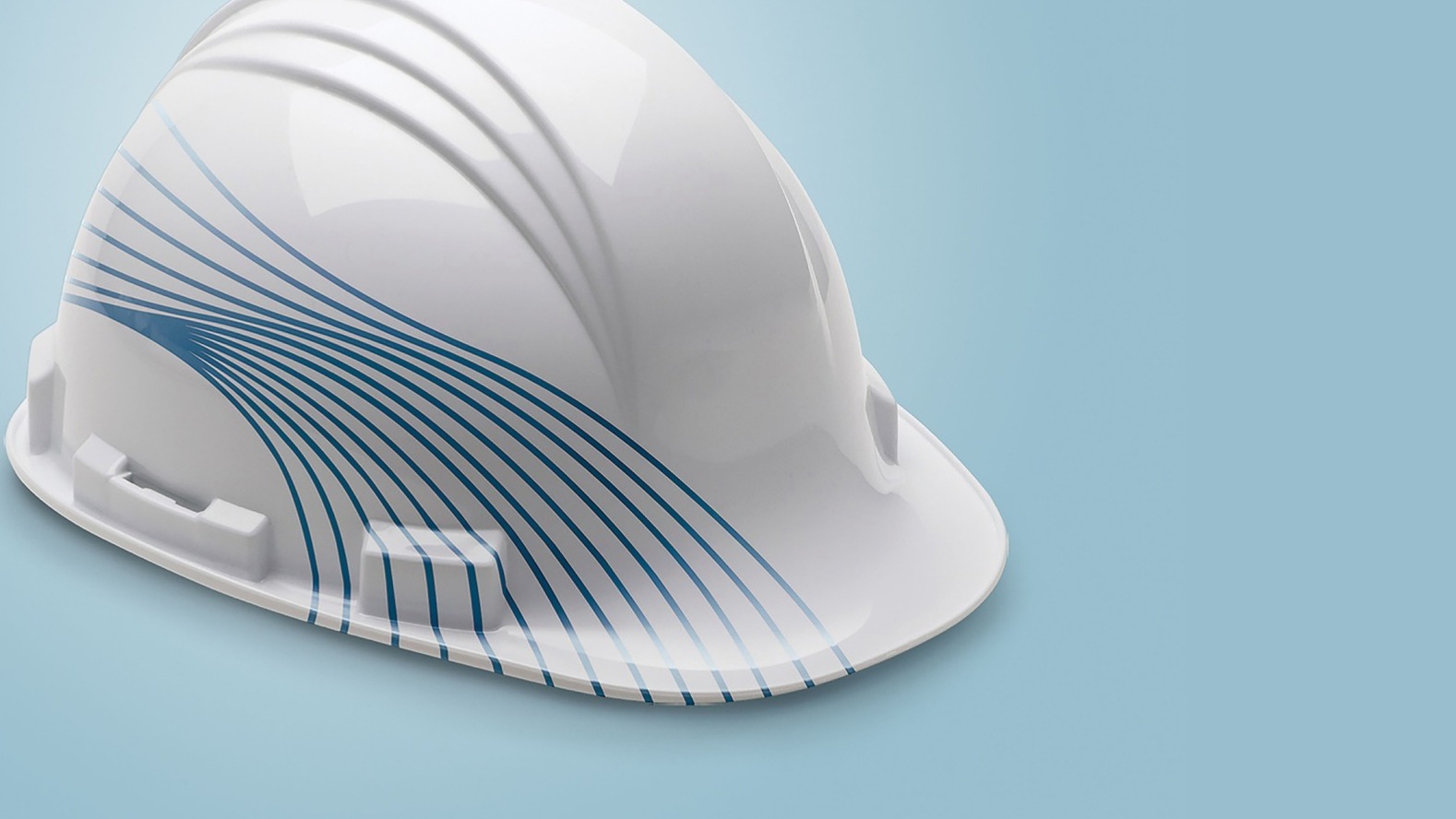
Insulating Historic Buildings
Strategies and Challenges Involved in Insulating Heritage Structures While Preserving Their Architectural Integrity
Preserving historic buildings is a testament to our cultural heritage, and ensuring their energy efficiency and comfort through insulation is a delicate balancing act. In this article, we will explore the importance of insulating historic buildings, the challenges involved, and strategies for insulating these heritage structures while preserving their architectural integrity.
1. Introduction
Historic buildings hold significant value in our society, representing our cultural identity and architectural legacy. However, many of these buildings were constructed without modern insulation, resulting in energy inefficiency and discomfort. Insulating historic buildings is essential to enhance their energy performance and preserve them for future generations.
2. Importance of Insulating Historic Buildings
Insulating historic buildings offers several benefits:
- Energy efficiency: Insulation helps reduce heat loss in winter and heat gain in summer, improving energy efficiency and lowering utility costs.
- Thermal comfort: Proper insulation provides occupants with a comfortable indoor environment by regulating temperature and reducing drafts.
- Preservation: Insulation can protect historic buildings from moisture damage, mold, and decay, ensuring their long-term preservation.
- Sustainability: Enhancing the energy efficiency of historic buildings contributes to sustainability goals by reducing carbon emissions and resource consumption.
Challenges of Insulating Heritage Structures
Insulating heritage structures presents unique challenges that must be carefully addressed to preserve their architectural integrity:
Preservation of Architectural Integrity
The primary challenge is to insulate the building while preserving its historic character and architectural features. The insulation solution should not compromise the building's aesthetics or alter its original design.
Compatibility with Building Materials
Historic buildings often contain unique and delicate materials that require special care. Compatibility between insulation materials and existing building materials is crucial to prevent damage and ensure long-term stability.
Moisture Management
Moisture management is critical in historic buildings to prevent moisture-related issues, such as mold growth and structural deterioration. Insulation should allow for proper ventilation and moisture control to maintain a healthy indoor environment.
Strategies for Insulating Historic Buildings
Several strategies can be employed to insulate historic buildings effectively:
External Insulation
External insulation, also known as insulation cladding, involves adding insulation to the exterior of the building. This approach minimizes disruption to historic fabric and allows for various insulation materials, such as rigid foam boards or mineral wool, to be applied. It also provides an opportunity to improve the building's weatherproofing and aesthetic appeal.
Internal Insulation
Internal insulation involves adding insulation to the interior surfaces of the building. This method requires careful planning to avoid damaging historic finishes and architectural elements. Materials like batt insulation, blown-in insulation, or insulated panels can be used. Internal insulation is particularly suitable when preserving the external appearance is a priority.
Hybrid Approaches
Hybrid approaches combine elements of both external and internal insulation. This approach allows for flexibility and customization based on the specific needs of the building. For example, insulating the roof or attic space while preserving the historic facade can provide energy efficiency without compromising the building's external appearance.
Preservation Considerations
Preservation of historic buildings goes beyond insulation. Several considerations should be taken into account:
Historic Preservation Standards
Insulation projects in historic buildings must comply with established preservation standards and guidelines. These standards ensure that the insulation interventions are sensitive to the building's historical significance and follow best practices in heritage conservation.
Conservation Techniques
Conservation techniques, such as timber treatments, lime mortar repairs, and appropriate cleaning methods, should be employed alongside insulation to maintain the integrity of the historic building. Collaboration between insulation specialists and conservation experts is essential to ensure a holistic approach to preservation.
Professional Expertise and Consultation
Insulating historic buildings is a complex task that requires professional expertise and consultation. Engaging architects, conservation specialists, and insulation professionals experienced in working with historic structures can help develop appropriate insulation strategies while preserving architectural integrity.
Conclusion
Insulating historic buildings while preserving their architectural integrity is a challenging endeavor. By addressing the unique challenges, employing appropriate strategies, and considering preservation principles, we can successfully enhance the energy efficiency of these heritage structures. Engaging professionals with expertise in historic preservation and insulation is crucial to ensure a holistic and sensitive approach. By doing so, we can contribute to the preservation of our cultural heritage and create sustainable and comfortable spaces within these historic treasures.
Frequently Asked Questions
FAQ 1: Will insulating a historic building alter its original appearance?
Insulation can be installed in ways that do not alter the building's original appearance. External insulation, for example, can be designed to match the existing facade, while internal insulation can be concealed within walls or ceilings.
FAQ 2: How can I ensure that insulation materials are compatible with the existing building materials?
Consultation with professionals experienced in working with historic buildings is crucial. They can guide you in selecting insulation materials that are compatible with the existing building materials to prevent any adverse reactions or damage.
FAQ 3: Can insulating a historic building affect its historical value?
Insulation can enhance the energy efficiency of a historic building without diminishing its historical value. It is important to follow established preservation standards and guidelines to ensure that insulation interventions are sensitive to the building's historical significance.
FAQ 4: Are there any grants or incentives available for insulating historic buildings?
In some regions, there may be grants, tax credits, or incentives available for energy-efficient upgrades, including insulation in historic buildings. Research local government programs or consult with preservation organizations to explore potential financial assistance.
FAQ 5: Can insulation help reduce heating and cooling costs in historic buildings?
Yes, insulation can significantly reduce heating and cooling costs in historic buildings by minimizing heat transfer through walls, roofs, and floors. This results in improved energy efficiency and reduced utility expenses.